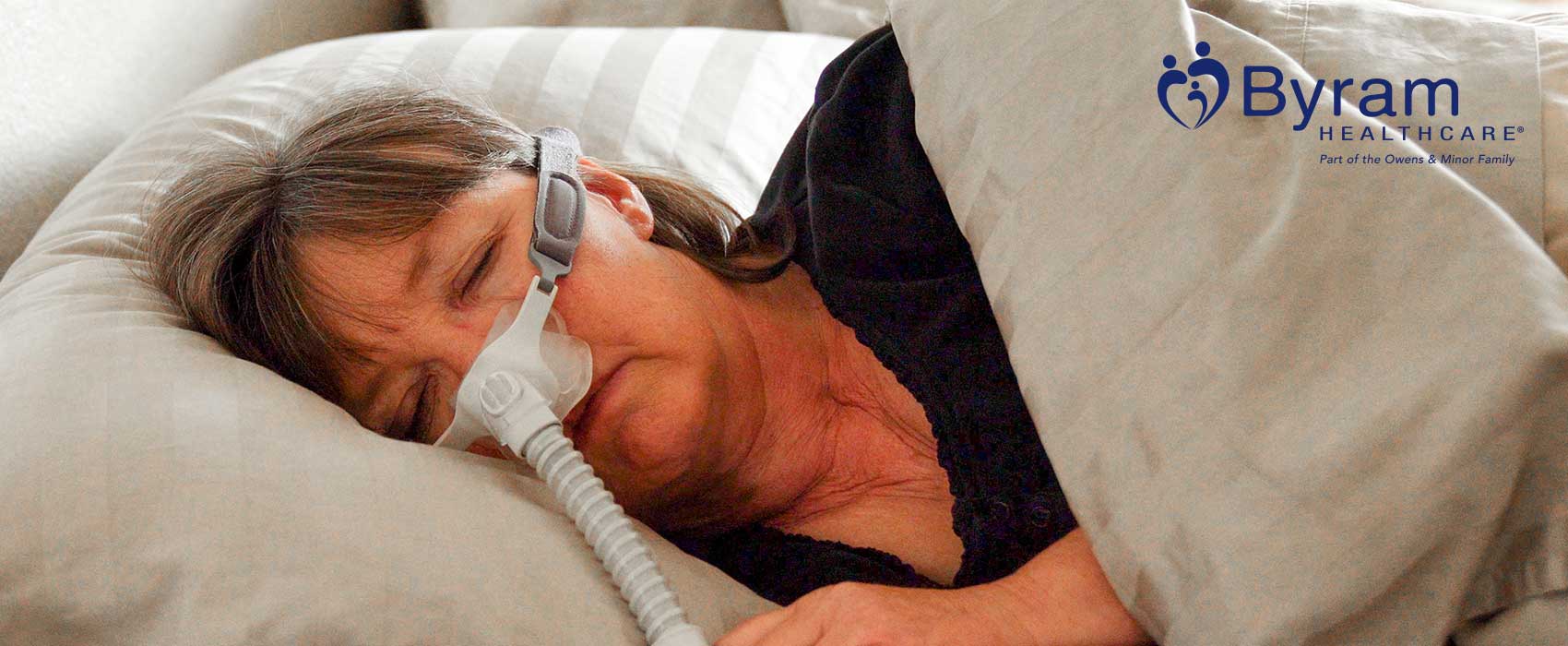
If you have diabetes, you also have a higher risk of sleep apnea. Sleep apnea is a common breathing condition which negatively affects your quality of sleep, as well as your glucose levels and all-around health. Untreated sleep apnea can lead to serious health concerns, such as worsened diabetes, stroke, and heart disease. Take ownership of your health by getting tested for sleep apnea.
The risk for sleep apnea among the general public sits roughly at around 6%. On the other hand, the risk for adults with Type 2 Diabetes is significantly higher at around 48%. Type 1 Diabetes also shows similarly high risk. For those who are both obese and diabetic, your risk for sleep apnea may be as high as a whopping 85%.1
What is Sleep Apnea?
Sleep apnea occurs when a person repeatedly stops and starts breathing while sleeping. There are three types of sleep apnea, but by far the most common is known as obstructive sleep apnea (OSA), where the throat muscles relax and block your airflow to the lungs. There are also different levels of OSA, which range from mild to severe and depend on how often you stop-and-start breathing throughout the night.
Sleep Apnea Symptoms:
- Loud snoring
- Gasping for air
- Dry mouth
- Headaches
- Insomnia
- Daytime fatigue
- Brain fog
- Irritability
How Type 2 Diabetes and Sleep Apnea Affect Each Other
Sleep apnea and diabetes are symbiotic, which means each can worsen the other’s condition if left untreated. Type 2 Diabetes often increases the risk of excess weight, which also increases your risk of sleep apnea. Additional fat buildup in the neck and abdominal area can harm your airway and chest wall, making it harder to breath, especially while sleeping.
Similarly, sleep apnea causes oxygen deprivation, which affects glucose levels, blood sugar, and insulin resistance. Over time, higher glucose levels lead to higher A1C, the protein found in your body linked to sugar. Higher A1C levels increase your risk of diabetes. Sleep apnea and diabetes both individually increase the risk for heart disease and stroke, and even more so if diagnosed with both.
Living with Sleep Apnea with Diabetes
You should always follow the care instructions given by your doctor for both diabetes and sleep apnea. For diabetes, this includes keeping your glucose levels in a healthy range and taking any necessary medications. For sleep apnea, this may include the use of Continuous Positive Airway Pressure (CPAP) machine, which helps keep your airways open during sleep.
There are also certain lifestyle changes you can make which may reduce your risk and intensities of these conditions. This includes a balanced diet, regular exercise, and maintaining a healthy weight.
How to Get Tested for Sleep Apnea
If you think you may be suffering from sleep apnea, it’s crucial to get tested so you can receive a diagnosis and proper treatment. When sleep apnea is treated, you may notice you feel more focused, youthful, and energized, thanks to the deep quality sleep you were previously missing out on. Even more importantly, it can reduce your risk of disease and increase your overall life satisfaction. There are two primary methods for testing sleep apnea: in-lab sleep studies and at-home sleep studies.
In-Lab Sleep Study
The traditional in-lab sleep study is a comprehensive option, as it’s able to diagnose more than just sleep apnea. This includes disorders such as Narcolepsy or Restless Leg Syndrome (RLS). It can cost up to $3,000 or more, and you may be put on a waiting list. However, it may be a better option for those with a history of serious heart or lung disease, ALS or MS, stroke, opioid use, or other serious disorders.
At-Home Sleep Study
A cost-effective and convenient option for diagnosing sleep apnea is the at-home sleep study. The process is simple: A portable device (worn on your hand) is shipped directly to your door. This device accurately tracks your sleep data, providing valuable information for diagnosing sleep apnea. The at-home option eliminates the need for overnight stays in a sleep clinic, making it more comfortable and accessible.
SOURCES:
1. https://diabetesjournals.org/care/article/42/5/954/40511/Risk-of-Incident-Obstructive-Sleep-Apnea-Among





